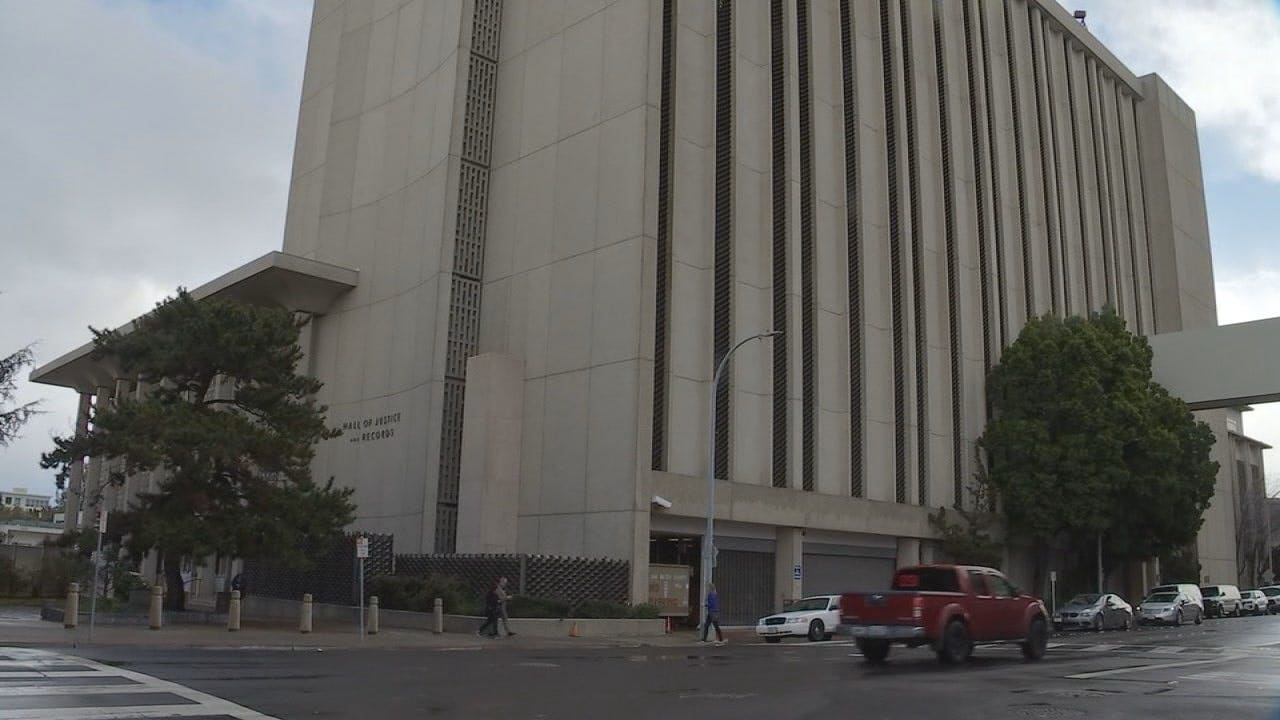The Crisis In Libraries: Staff Cuts And Service Reductions

Table of Contents
The Impact of Budget Cuts on Library Staffing
Library funding directly impacts staffing levels. Budget cuts translate into fewer librarians, support staff, and drastically reduced hours of operation. This isn't just about fewer people on the payroll; it's about the erosion of essential expertise and the diminishing capacity to serve the community effectively. The consequences of these librarian layoffs and staffing shortages are far-reaching.
- Experienced Librarians Lost: Many libraries are forced to lay off experienced librarians, resulting in the loss of invaluable institutional knowledge and expertise. This impacts everything from collection management to effective program development.
- Increased Wait Times and Limited Assistance: Reduced staffing leads to significantly longer wait times for services and limited assistance for patrons. Simple tasks can become major hurdles for those who rely on library staff for guidance and support.
- Neglect of Crucial Tasks: Fewer staff members mean less time for crucial tasks like collection maintenance (including vital repairs and cataloging), program planning, and essential community outreach initiatives.
- Reduced Accessibility: Decreased hours of operation severely limit accessibility for many community members, particularly those with limited schedules, such as working parents, students, and the elderly. This further exacerbates existing inequalities in access to information and resources.
The Consequent Reduction of Library Services
The impact of staff cuts extends far beyond simply fewer people working; it leads to a dramatic reduction in the range and quality of library services offered. This diminished capacity to serve the community has far-reaching negative consequences.
- Program Cuts: Popular programs for children, teens, and adults – such as story time, computer classes, digital literacy programs, and book clubs – are often the first casualties of budget cuts. These programs are vital for community engagement and educational opportunities.
- Limited Access to Resources: Reduced hours and fewer staff members limit access to essential resources like computers, high-speed internet access, and crucial research databases. This directly impacts students, job seekers, and anyone reliant on online services.
- Deteriorating Collections: Maintenance of the physical collection suffers, leading to a decline in the overall quality of available resources. Books go unrepaired, shelves become disorganized, and the overall library experience diminishes.
- Reduced Community Outreach: Community outreach initiatives, vital for supporting vulnerable populations, are often scaled back or eliminated entirely. This can have a significant negative impact on literacy rates, access to information, and overall community well-being.
The Broader Community Impact of Library Cuts
The consequences of library cuts extend far beyond the library walls. The ripple effects impact education, social support networks, and economic opportunities across the entire community.
- Exacerbated Digital Divide: Reduced library services exacerbate the existing digital divide, disproportionately impacting students, job seekers, and those seeking online government services. Libraries are essential for bridging this divide, providing access to technology and digital literacy training.
- Widening Educational Inequality: Cuts to children's programming and other educational initiatives harm early literacy development, potentially widening educational inequalities. Libraries play a crucial role in early childhood education and lifelong learning.
- Increased Social Isolation: Libraries play a crucial role in combating social isolation, particularly for seniors and vulnerable populations. Reduced services increase the risk of social isolation and reduce access to critical social support networks.
- Hindered Economic Advancement: Limited access to resources and support services—including job searching resources, computer skills training, and access to essential information—can significantly hinder job searching and economic advancement within the community.
Conclusion
The crisis in libraries, marked by widespread staff cuts and service reductions, poses a significant threat to communities nationwide. The consequences extend far beyond reduced access to books; they impact education, economic opportunity, and social well-being. The loss of experienced librarians and vital programs undermines the crucial role libraries play in supporting their communities. This library crisis necessitates immediate action.
We must act now to prevent further deterioration of our libraries. Support your local library by advocating for increased funding, volunteering your time, or donating to support vital library services. Let's work together to ensure our libraries remain vibrant community hubs, offering essential resources and support for everyone. Let's fight the library crisis and protect these vital community assets. The future of our libraries, and our communities, depends on it.

Featured Posts
-
 Hillsborough County Recognizes De Soto Elementary Principal For Excellence
May 19, 2025
Hillsborough County Recognizes De Soto Elementary Principal For Excellence
May 19, 2025 -
 Court Ruling Threatens Londons Cultural Landscape Wide Awake Mighty Hoopla Cancelled
May 19, 2025
Court Ruling Threatens Londons Cultural Landscape Wide Awake Mighty Hoopla Cancelled
May 19, 2025 -
 Melodifestivalen 2024 Mans Zelmerloew Nie Powraca Na Eurowizje
May 19, 2025
Melodifestivalen 2024 Mans Zelmerloew Nie Powraca Na Eurowizje
May 19, 2025 -
 Stolen Dreams A Restaurant Owners Plea For Justice And Compensation
May 19, 2025
Stolen Dreams A Restaurant Owners Plea For Justice And Compensation
May 19, 2025 -
 Retirement Announcement 5 Time Grammy Winner Retires Due To Health Concerns
May 19, 2025
Retirement Announcement 5 Time Grammy Winner Retires Due To Health Concerns
May 19, 2025
